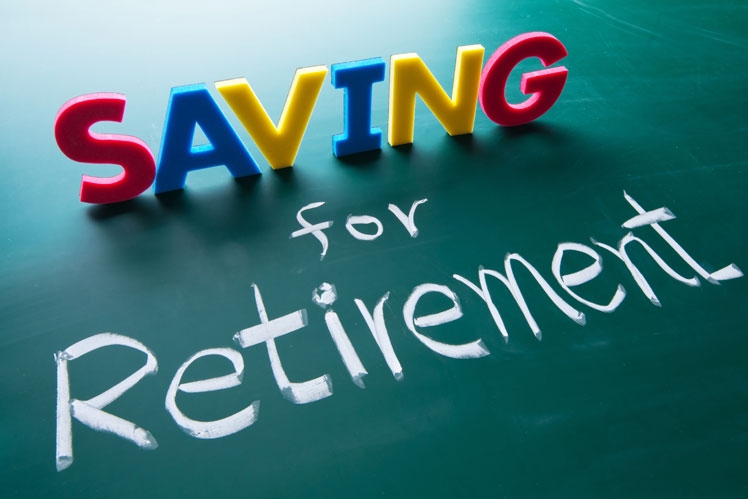Be Careful with RRSP Beneficiary Designations
When Margaret and James married in 2005, it was a second marriage for both of them. They had no children, so when they did their financial planning, their wills were clear that 100% of their estates would go to the other. Believing this was sufficient protection, they built a life and continued to grow their wealth.











